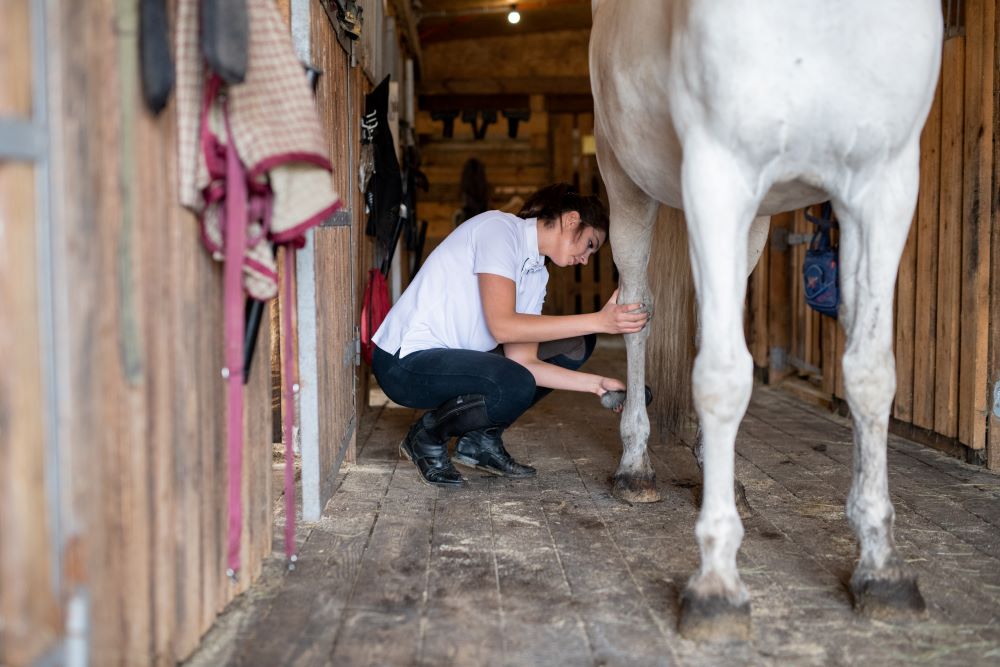The Ultimate Guide to Selling a Horse

Selling a horse can be a complex process that requires careful planning, knowledge, and patience. This guide will help you navigate every step, from preparing your horse for sale to closing the deal successfully. Below, you’ll find detailed sections, tips, and tools to create an SEO-friendly blog article that is both informative and engaging.
1. Preparing Your Horse for Sale

Before listing your horse, ensure it is in the best possible condition. This includes:
- Health Check: Schedule a veterinary exam to confirm your horse is healthy and up-to-date on vaccinations.
- Grooming: Present your horse clean and well-groomed to make a positive impression.
- Training and Behavior: Highlight your horse’s training level and temperament.
2. Setting the Right Price
Pricing your horse correctly is crucial. Consider:
- Market Research: Look at prices for similar horses in your area.
- Age, Breed, and Discipline: These factors heavily influence value.
- Condition and Training Level: Well-trained, healthy horses command higher prices.
3. Creating an Effective Listing
Your listing should be clear, detailed, and attractive:
- Photos and Videos: Use high-quality images and videos showcasing your horse’s movement and behavior.
- Detailed Description: Include breed, age, height, training, health status, and personality.
- Contact Information: Make it easy for potential buyers to reach you.
4. Marketing Strategies
To reach the right buyers, use multiple channels:
- Online Platforms: Websites like Equine.com, DreamHorse, and social media.
- Local Networks: Riding clubs, trainers, and equestrian events.
- Word of Mouth: Leverage your community connections.
5. Handling Inquiries and Viewings
Be professional and responsive:
- Answer Questions Promptly: Provide honest and thorough information.
- Arrange Safe Viewings: Ensure a safe environment for both horse and potential buyer.
- Trial Periods: Consider offering a trial to build buyer confidence.
6. Negotiating and Closing the Sale
- Be Prepared to Negotiate: Know your minimum acceptable price.
- Contracts: Use a written sales agreement outlining terms.
- Payment Methods: Secure payment before transferring ownership.
7. Post-Sale Considerations
- Follow-Up: Check in with the buyer to ensure a smooth transition.
- Transfer of Records: Provide all health and training documentation.
SEO Tips for Your Blog Article
- Use relevant keywords such as “selling a horse,” “horse sale tips,” and “equine sales guide.”
- Incorporate headings, bullet points, and tables for better readability.
- Include a FAQ section addressing common questions.
Sample Table: Pricing Factors
| Factor | Impact on Price |
|---|---|
| Age | Younger horses often cost more |
| Breed | Popular breeds may fetch higher prices |
| Training Level | Well-trained horses are more valuable |
| Health | Healthy horses command better prices |
Sample FAQ
Q: How long does it usually take to sell a horse?
A: It varies widely but typically ranges from a few weeks to several months depending on market demand and horse quality.
Q: Should I offer a trial period?
A: Offering a trial can increase buyer confidence but ensure you have clear terms to protect your interests.
Q: What paperwork is needed for selling a horse?
A: A bill of sale, health records, and any registration papers are essential.
By following this structured approach, your blog article will be comprehensive, SEO-friendly, and valuable to readers looking to sell their horses effectively.
